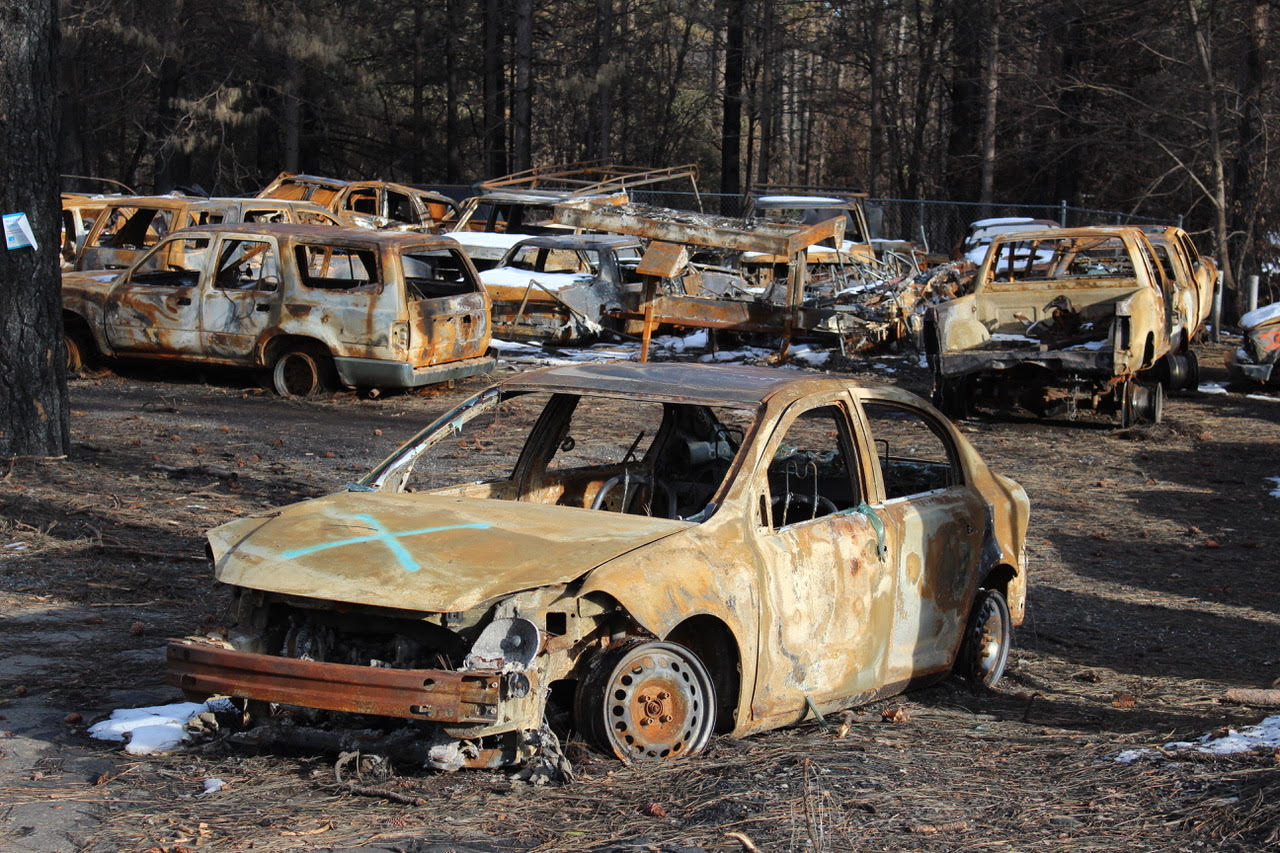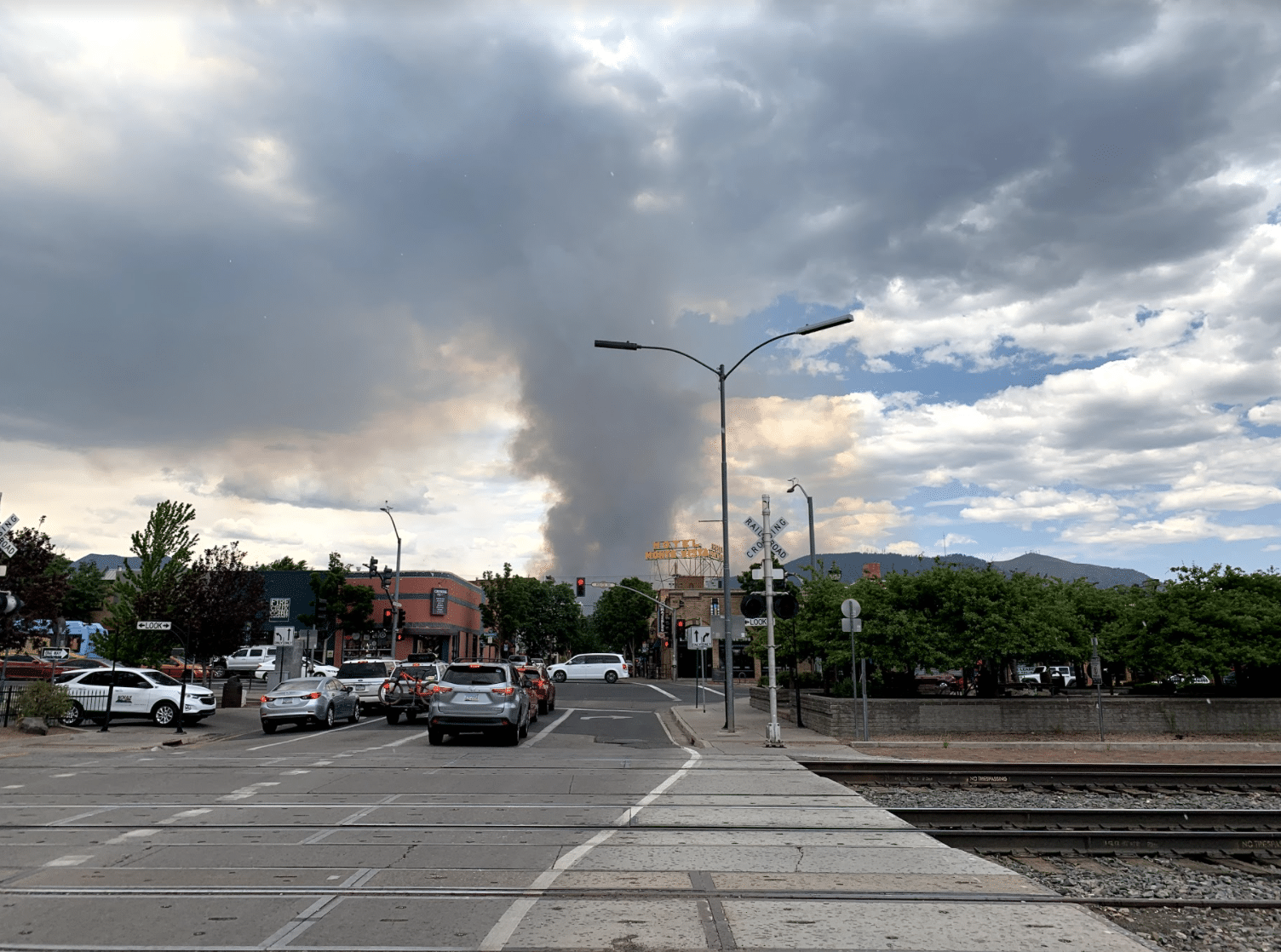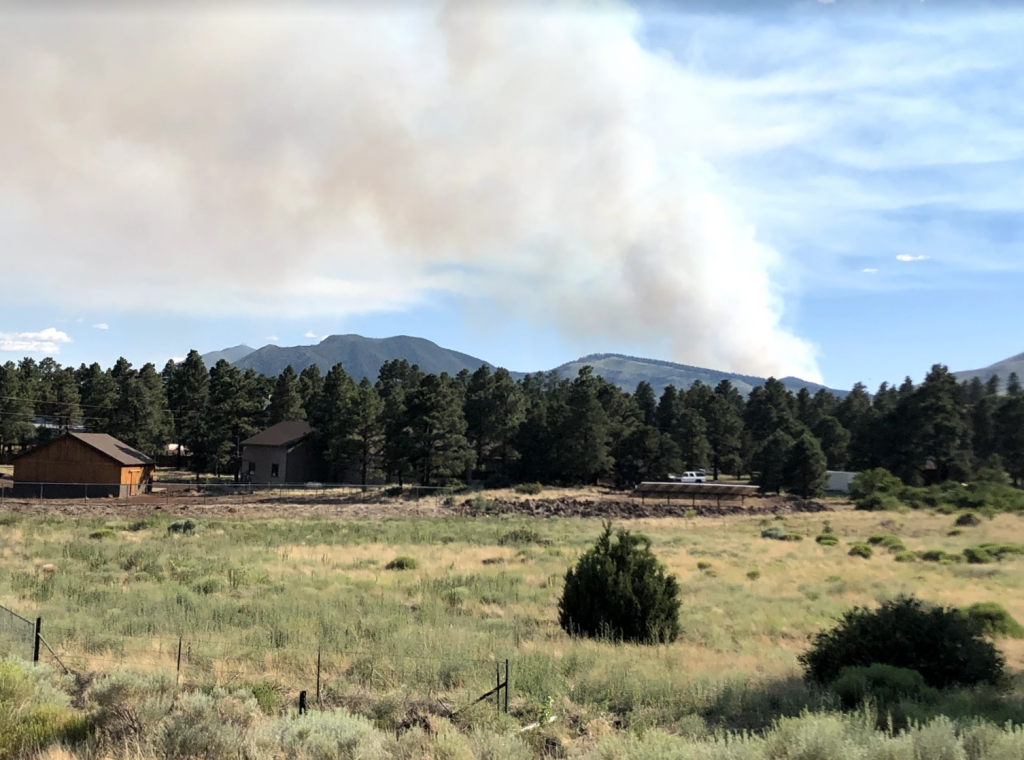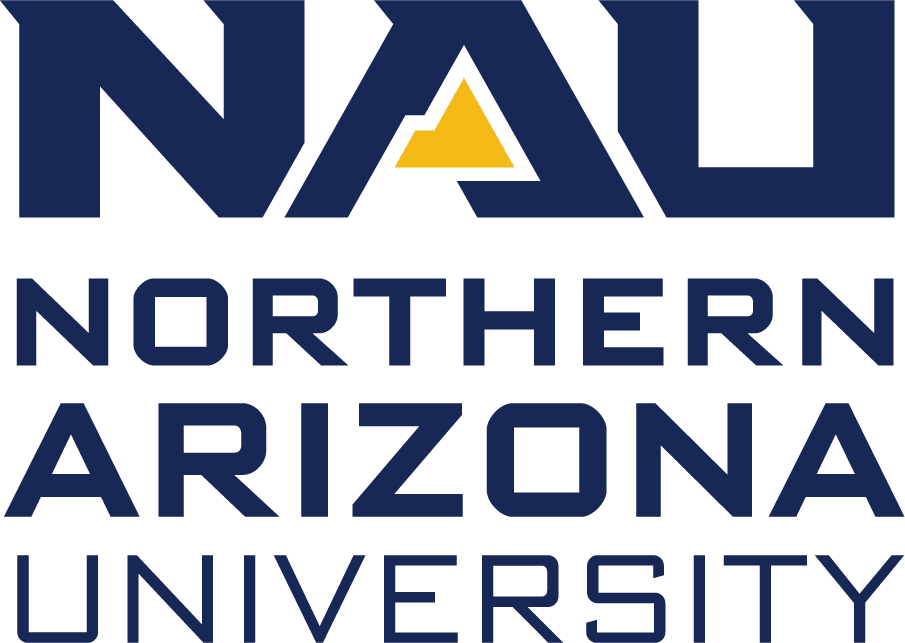Catrin Edgeley, assistant professor of Northern Arizona University’s School of Forestry has received a $400,000 grant as part of the National Center for Atmospheric Research’s (NCAR) Early Career Faculty Innovator Program to investigate how people view wildfires and make decisions about whether to evacuate.
The grant, sponsored by the National Science Foundation, will allow Edgeley to work with NCAR scientists and use NCAR model visualizations from recent fire events to explore how environmental cues related to weather and fire behavior influence household decision-making during wildfire evacuation.

The NCAR Early Career Innovator Program was created to address complex research problems by building partnerships between NCAR scientists and early career faculty at other universities or colleges. New cohorts for the program are selected every two years. Social science faculty, along with a graduate student of their choice, are paired with NCAR’s atmospheric scientists to develop interdisciplinary convergence research at NCAR’s Mesa Laboratory in Boulder, Colorado. The theme for the program’s 2021-23 cohort this year is “Actionable Earth System Science.”
Edgeley’s project will start by modeling recent wildfires, focusing on how environmental changes like a fire’s rate of spread, changing windspeeds and decreasing air quality unfold over the duration of the fire event. Those models will then be turned into interactive visualizations.
The visualizations serve as a memory recall tool and will be used to improve recall about traumatic or high-stress wildfire events, which will help researchers pinpoint what specific environmental changes motivate people’s decisions to evacuate.

She said earlier studies have indicated that environmental cues like fire behavior are an influence, but it is not clear whether there are key thresholds that become common “tipping points” at which households put their planned behaviors into practice.
“By understanding how environmental contexts can motivate proactive behaviors during wildfire, we can help improve public safety and community adaptation to fire risk,” Edgeley said. “This project can inform more tailored education programs about evacuation and improve emergency communication during wildfires by focusing on specific components of fire behavior and weather changes.”
Once these key environmental cues and the kinds of behaviors they might evoke in people are identified, researchers can better inform residents and their decision making about evacuation by including those specific details in public communication.
“Our NAU-NCAR partnership will allow us to develop a novel approach to understanding human behavior during fires,” Edgeley said. “Atmospheric models are rarely shared with the public, and we’re hoping that integrating those outputs with social science will uncover new information about why people respond in certain ways to approaching wildfires.”
More about the National Center for Atmospheric Research
Established in 1960, the National Center for Atmospheric Research was the first federally funded research and development center created to understand the behavior of the atmosphere and related Earth and geospace systems. It provides the university community, particularly those in the atmospheric and Earth system sciences, world-class facilities and services to work in that go beyond what an individual institution can offer. This includes access to supercomputers, research aircraft, sophisticated computer models and extensive data sets. NCAR is managed by the University Corporation for Atmospheric Research, a nonprofit consortium of more than 115 colleges and universities.
Jacklyn Walling | NAU Communications




